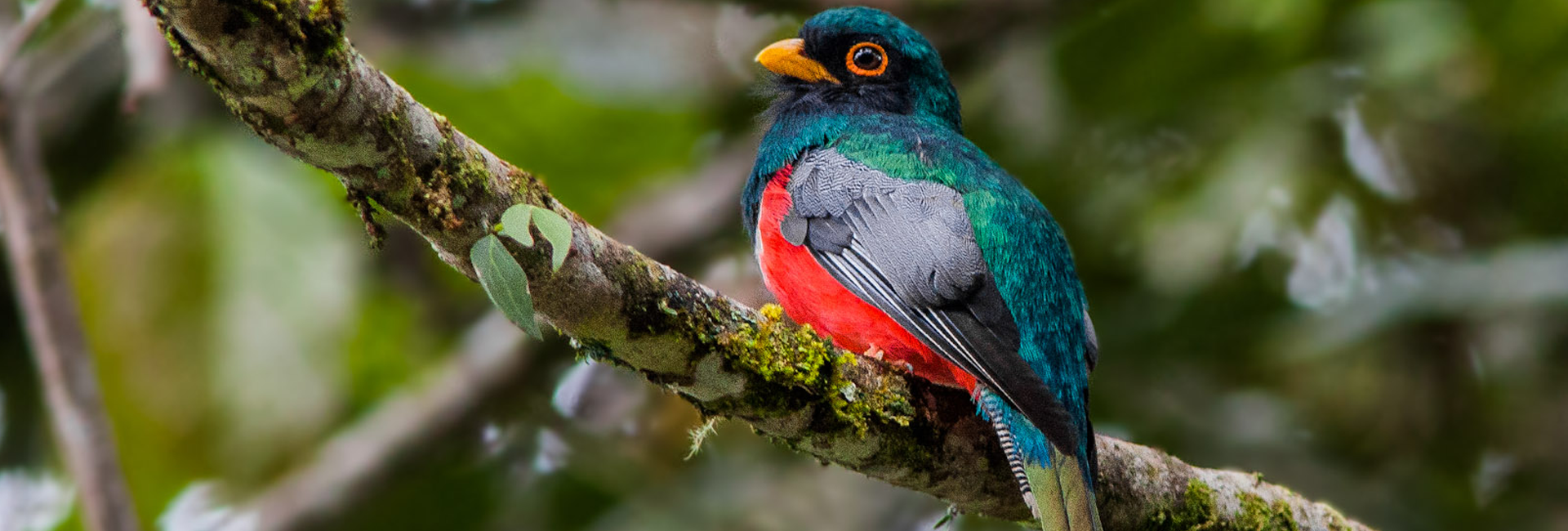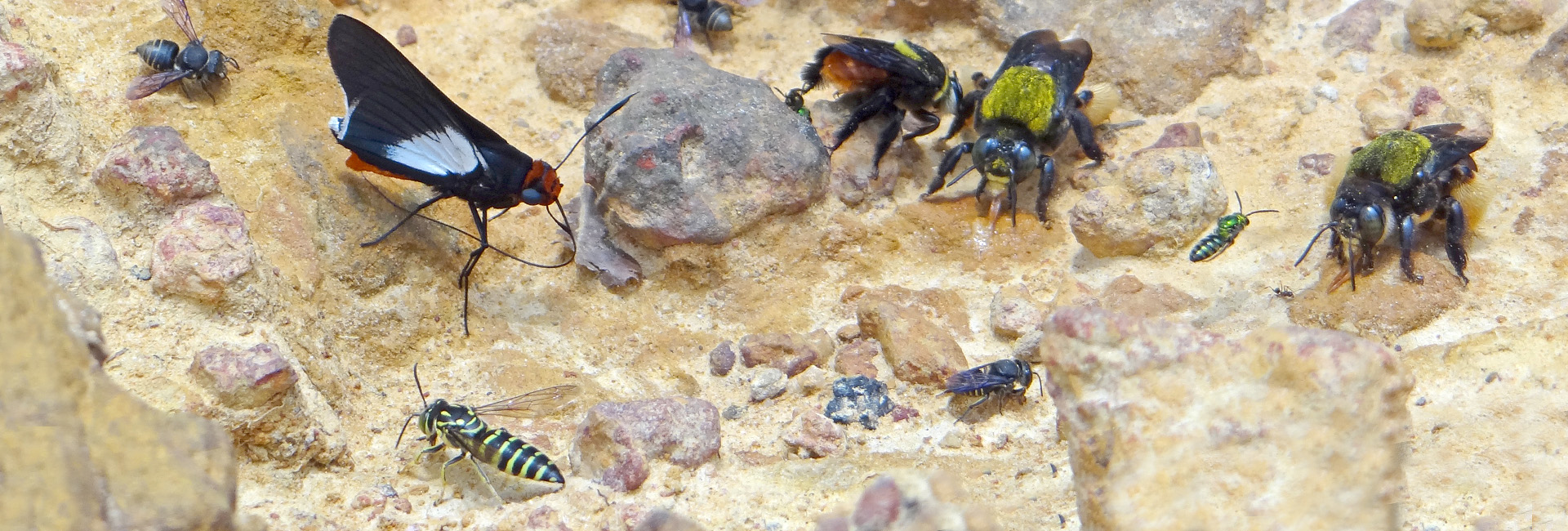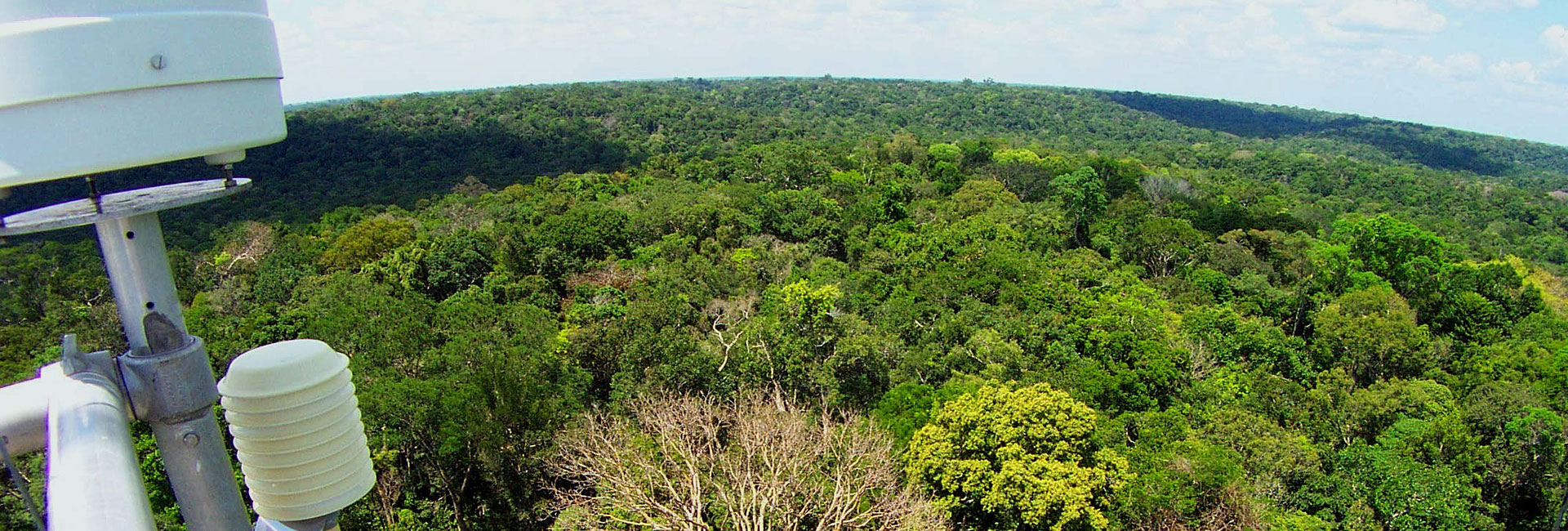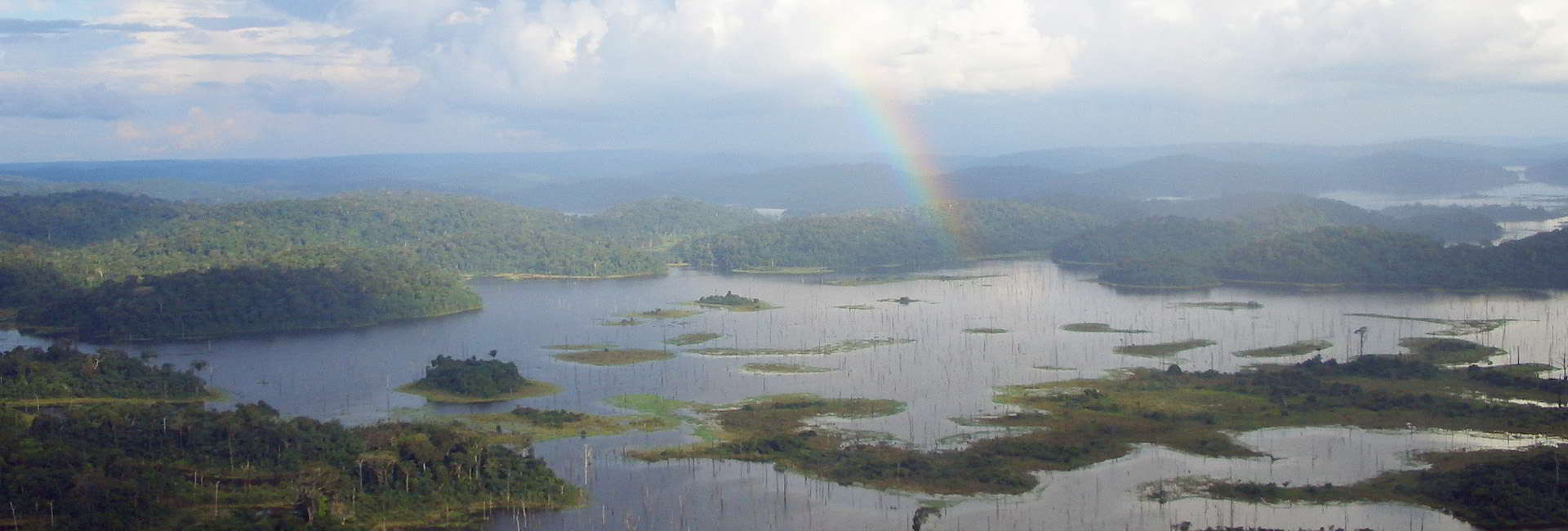The shape, sounds and genes of Allobates tapajos
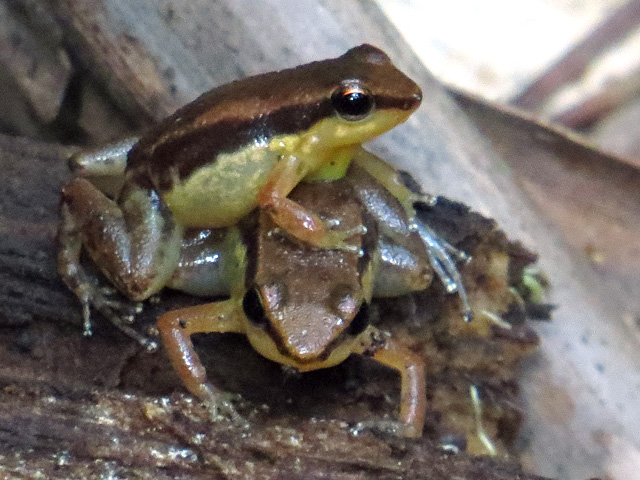
Allobates tapajos is a small frog that lives in terra firme forests along both margins of the Tapajós River, one of the main tributaries of the Amazonas basin. In her master's project, Gabriela Farias Maia analyzed the variation of genetic, acoustic and morphological traits of A. tapajos on both margins of the Tapajós. Her objective was to test the role of the river as a biogeographical barrier. The study has been recently published in the Biological Journal of the Linnean Society.
Gabriela and her co-authors determined parameters of advertisement calls, a series of body measurements, and obtained fragments of mitochondrial (16S) and nuclear (RAG1) genes from male frogs in six localities on both margins of the Tapajós River.
The nuclear marker was monomorphic across the geographic distribution of A. tapajos, while the mitochondrial DNA, that has a faster mutation rate, revealed 20 haplotypes that were mostly restricted to a single location, and were not shared between the river margins. They found that 50% of total genetic variation occurred among populations on the same river margin, while 17% of the variation occurred between the river margins. Genetic distances were generally low, but highest between the river margins. Genetic structure was high and significant. The samples belonged to three genetic groupings, two restricted to interfluvial regions. Four localities contained individuals from only one genetic group. The most basal cladogenetic event was assigned to the Pleistocene period, when the Tapajós River drainage was formed.
Acoustic parameters diverged between the river margins, but the morphological characters did not. There was no correlation between geographical, phenotypic and genetic distances. A discriminant function analysis correctly assigned about 70% of the individuals to their populations based on phenotypic characters.
The results showed that the effect of the river as a barrier was limited. The high genetic structure, as well as the restricted or no gene sequence sharing between localities and between river margins was consistent with low individual dispersion capacity in A. tapajos. The results also confirmed the morphological conservatism in frogs, in contrast with the acoustic differentiation between the river margins. Acoustic characters have been shown to be important speciation agents in frogs via mate recognition and sexual selection mechanisms. The lacking correlation between genetic and geogrpahical distances suggests that the measured characters may be under local environmental or behavioral selective pressure. The results reinforce the utility of advertisement calls as phyllogeographic markers in Amazonian frogs.
The master's project was supervised by Igor Luis Kaefer and Albertina Lima.
The images show a male Allobates tapajos vocalizing and a pair in courtship, photographed in the locality of Itaituba, in the state of Pará.



